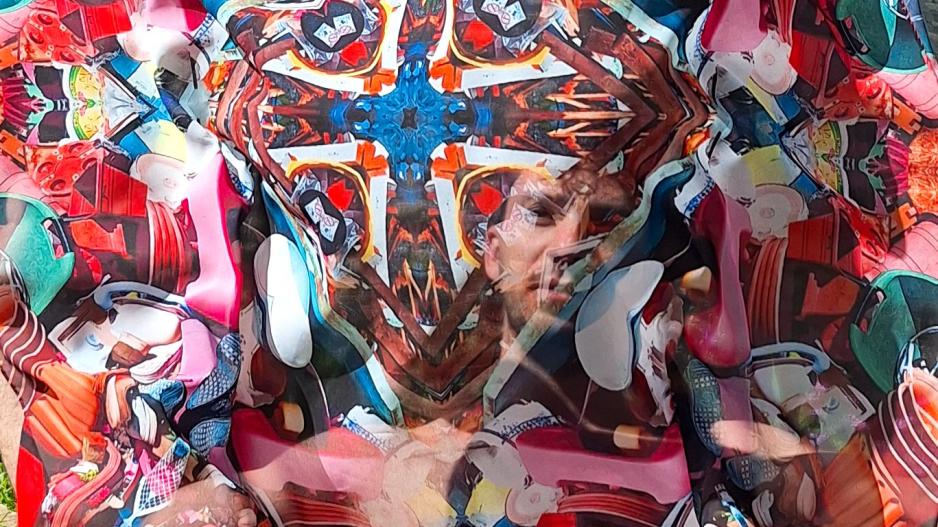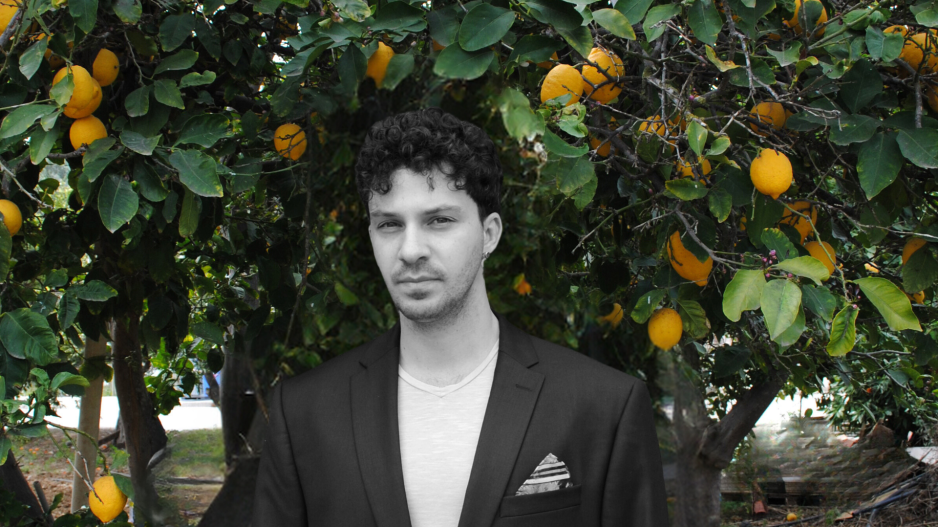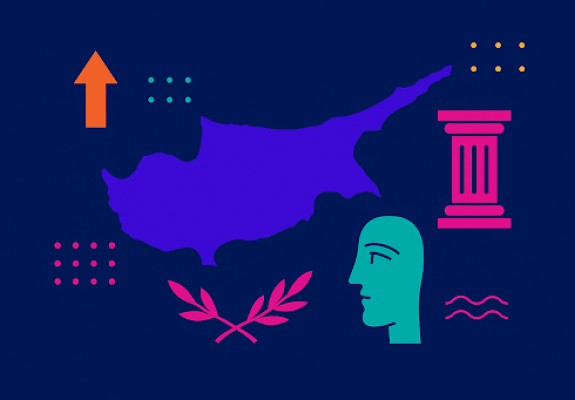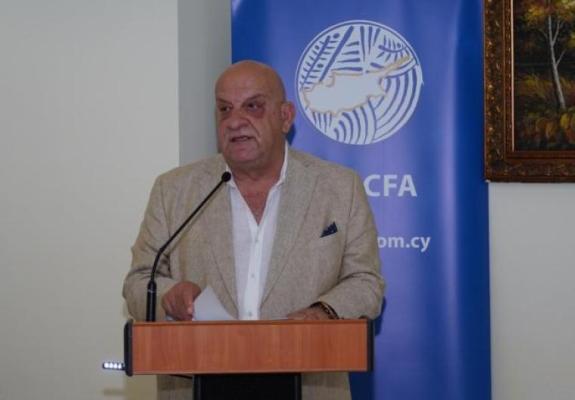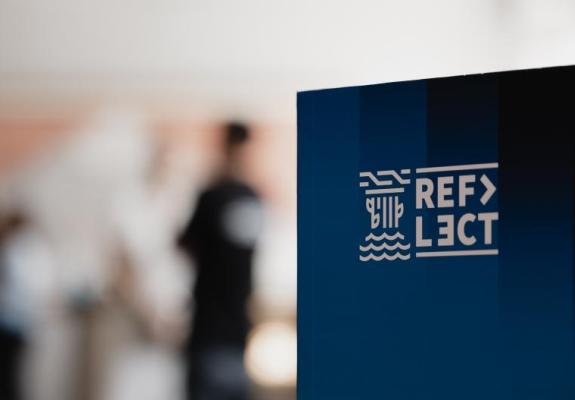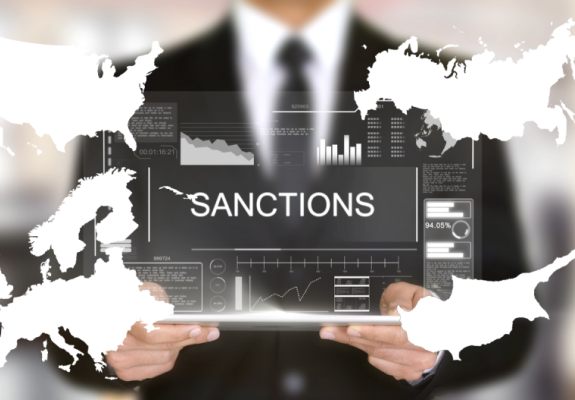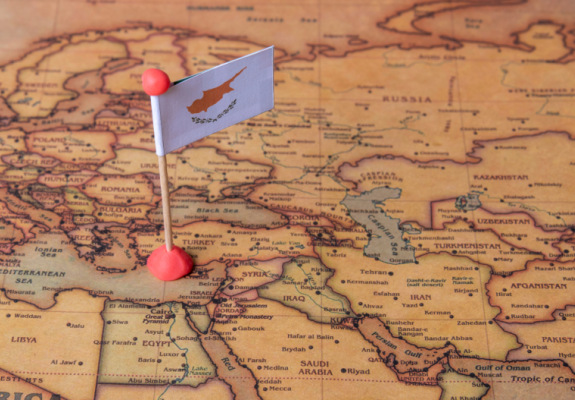The Art of Turning Trash into Treasure with Michalis Pantelidis
Weaving Sustainability into Textile Art
Michalis Pantelidis, born in 1993 in Nicosia, has carved a niche in the world of fashion and sustainability with his innovative approach to textiles. A graduate of the University of the West of England, Michalis has honed his skills through prestigious internships with notable couturiers in Amsterdam, blending his passions for art and photography into textile design. His venture, launched in 2021, showcases his commitment to eco-conscious fashion, particularly through his vibrant project "The Land of Decomposition," where he transforms discarded materials into chic, colorful scarves.
In his interview with FastForward, Michalis speaks about the inspirations behind his innovative project, discussing how a visit to a recycling center in Cyprus sparked his creative journey. He will reveal the meticulous process of turning trash into treasured fashion pieces, emphasizing the importance of color and design in making sustainability attractive. Furthermore, Michalis discusses his collaboration with environmental organizations to amplify the impact of his work and his perspectives on the broader challenges the fashion industry faces in its quest for sustainability.
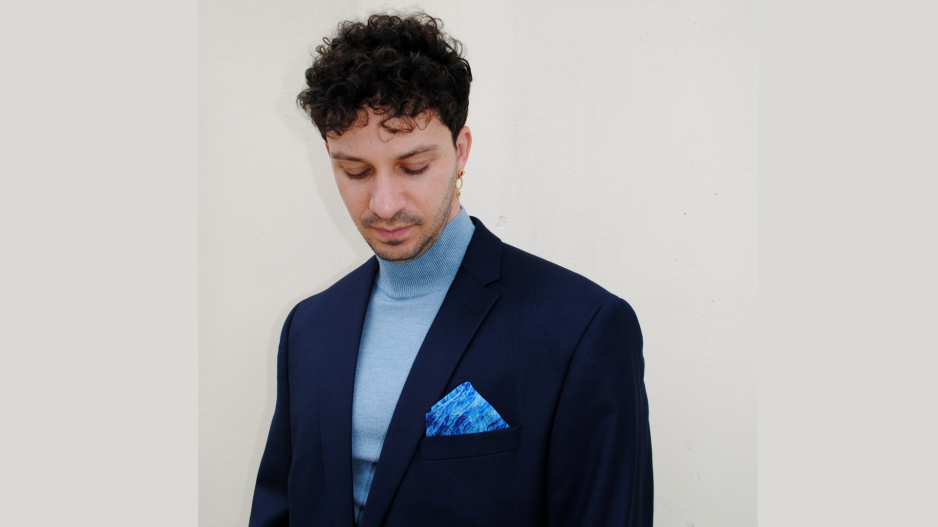
In 2021, while I was working in Amsterdam, I came to Cyprus for holidays, and one day I went with my father to the “Green Point” in Nicosia to throw away some trash. I was shocked by the amount of plastic waste that was at the location but also I was fascinated by the explosion of colors and shapes. I felt also responsible for that waste as a consumer and I decided to communicate that through an art project. When I went back to Amsterdam I started experimenting with the photos through a collage method and after a year of trials and print tests on different materials, I decided to create scarves out of recycled plastic bottles.
The first step is to take photos of trash from different angles focusing on the color and shape. Sometimes I moved the trash around to create a desirable color palette. After that, I spent a few months editing and creating the artwork using the collage method and once I have a few samples ready I do a print test to check the colors and the scale of the prints. After checking the sample I repeat the process of editing - testing until I am satisfied with the result. Color is an important element in my work, and I always have in mind that at the end of the day, it needs to be a fashion accessory that people would like to buy and style it with their clothes to elevate their outfits.

I wanted from the beginning to connect my project with an environmental organization to give back to the community. I was following "Let's Make Cyprus Green", and I was impressed by their consistent action to organize beach clean-ups and raise awareness about environmental issues. When I discovered that LMCG was installing water stations where people could fill up their bottles for free, and we could reduce the use of single-use plastic, I decided to contribute to that by offering 5% of the sales profit to the organization.
It is true that the fashion industry is one of the most polluted industries that generate a lot of waste, through overproduction and overconsumption. In my opinion, one of the main issues coming from “fast fashion” is that the prices of clothes have dropped so much that a T-shirt can cost the same as a coffee, which has an impact on the quality, longevity of the clothes, and the ethical pay of the workers. One of the solutions I suggest is mindful consumption, choosing well what you buy, quality over quantity, supporting local designers rather than billionaire fashion brands, taking care of your clothes, repairing them, reusing them, and restyling them.
One of the solutions I suggest is mindful consumption, choosing well what you buy, quality over quantity, supporting local designers rather than billionaire fashion brands
As a designer, I choose to design a product that can be styled in many different ways all over the year, from winter to summer. I also offer free styling advice to my clients to encourage them to reuse their pieces multiple times and style them with their own clothes. Also, through the storytelling that goes through my scarves is most likely that the pieces will never end up in landfills. Last but not least, I arrange my scarf sizes in a way that I have zero waste of textiles at the end of each production.
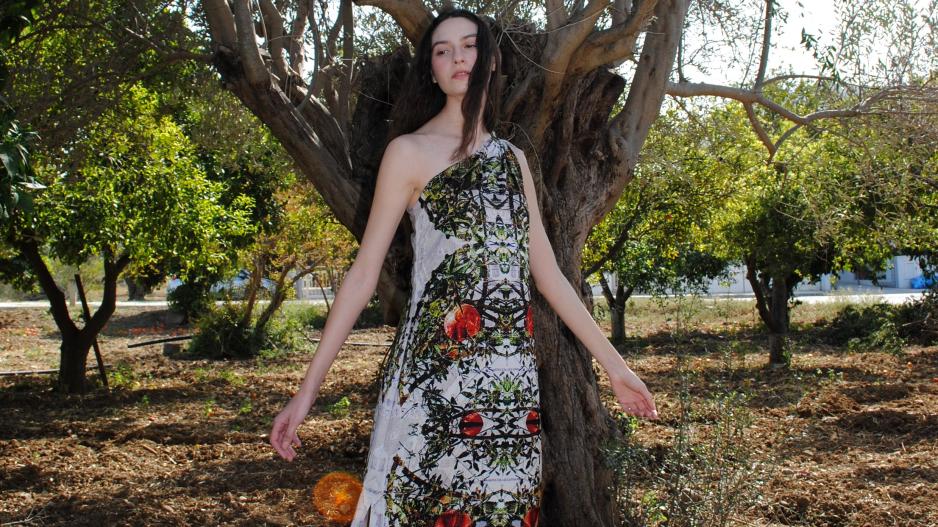
My scarves and dresses are 100% recycled polyester from PET bottles. One of the challenges is that scarve's customers are loyal to Silk and it was difficult at the beginning to convince them to try something new. Another challenge is that it needs a lot of research to find the right production company that uses recycled textiles and also does quality print and stitch. One of the benefits is that bottles that otherwise would end up in landfills, and stay there for hundreds of years polluting the environment, now are used for textiles production. Another benefit that comes from using recycled polyester is that it is a very durable material which is important for the longevity of the piece, and drys very quickly.
I stay up to date about Fashion by following a lot of designers, stylists, and fashion innovators on Instagram. I also collaborate with international designers, which provides me with attendance at international fashion events like Paris Couture Week, where I get to network with interesting fashion figures.
I am excited about showing my new 'Trash' collection at the upcoming environmental art exhibition 'Resource'
I am happy with the scarves, but I would like to experiment more with different shapes, silhouettes, and menswear.
I am excited about showing my new “Trash” collection at the upcoming environmental art exhibition “Resource” which will take place in Limassol at the Warehouse ITQuarter, 17th - 21st May, and is organized by City Friends Club and Art Now.
Also, I will present new dresses inspired by the heritage doors of Nicosia’s old town, at the Cyprus Fashion Film Festival on 1st June in Limassol, as a member of Fashion Heritage Network Cyprus.
